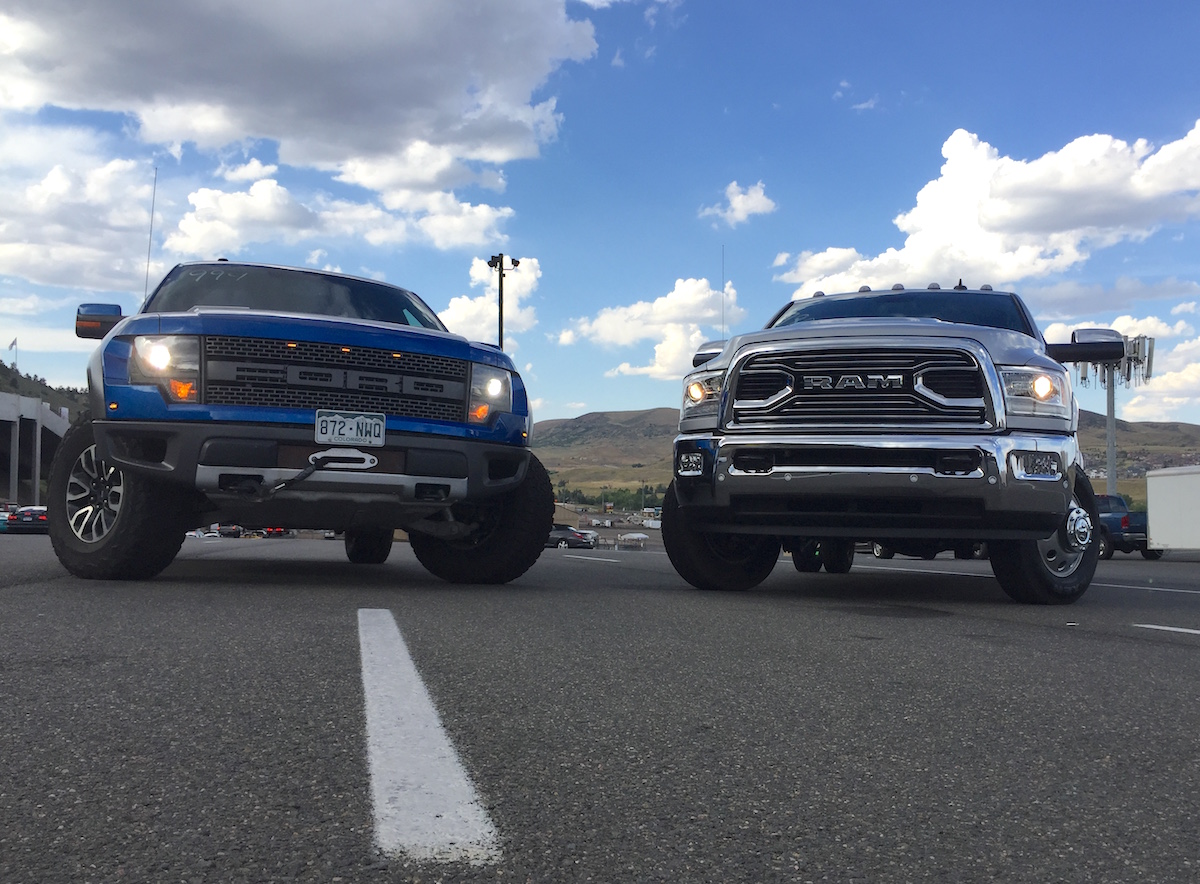
Safety is at the forefront of everything we do, and the weight distribution hitch (WDH) helps us get the towing jobs done safely and comfortably. If your truck or a body-on-frame SUV squats too much under the weight of the trailer tongue, this is a great opportunity to try a WDH solution. Many WDH systems also offer sway control that adds a highway speed towing stability and a peace of mind. Unibody crossovers may not get the benefits of a WDH, because they don’t a use a solid steel frame to distribute the weight. In some cases, a WDH may actually bend or distort a crossover’s body structure.
Most truck manufacturers recommend and some require the use of a WDH for “bumper-pull” trailers that weigh over 5,000 lbs. Given the recommended 10% trailer tongue weight, the recommendation applies to tongue weight of over 500 lbs.
Installing a WDH is not quiet as simple as sliding a hitch ball into your truck’s hitch receiver. There are brackets that need to be installed on the frame of the trailer. That is where the WDH trunnion bars rest on to provide additional support and distribute the trailer’s tongue weight further through the frame of the truck and trailer. There is a choice of bolting the brackets onto the trailer frame or welding them on.
In this case, we chose to bolt the brackets onto the frame and avoid having to grind off the metallic paint on the 14-foot CM Trailers Stocker trailer.
These questions and much is the main reason why we wrote the Truck Nuts Book.
Check out the install video below.
















![Which is More Reliable: 3.5L EcoBoost or 5.0L V8? [Reader Question] Second-generation 3.5-liter EcoBoost engine](https://tfltruck.com/wp-content/uploads/2016/05/Second-generation-35-liter-EcoBoost-engine.jpg)
![Which Silverado Engine to Get: 5.3L or 6.2L V8? [Ask TFLTruck] 2016 chevy silverado](https://tfltruck.com/wp-content/uploads/2015/10/2016-chevy-silverado-grille.jpg)
